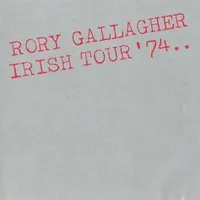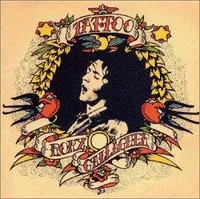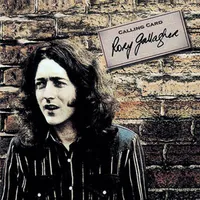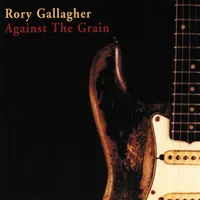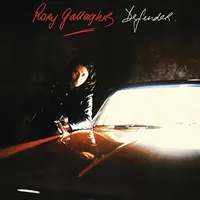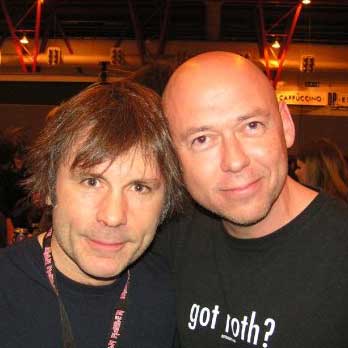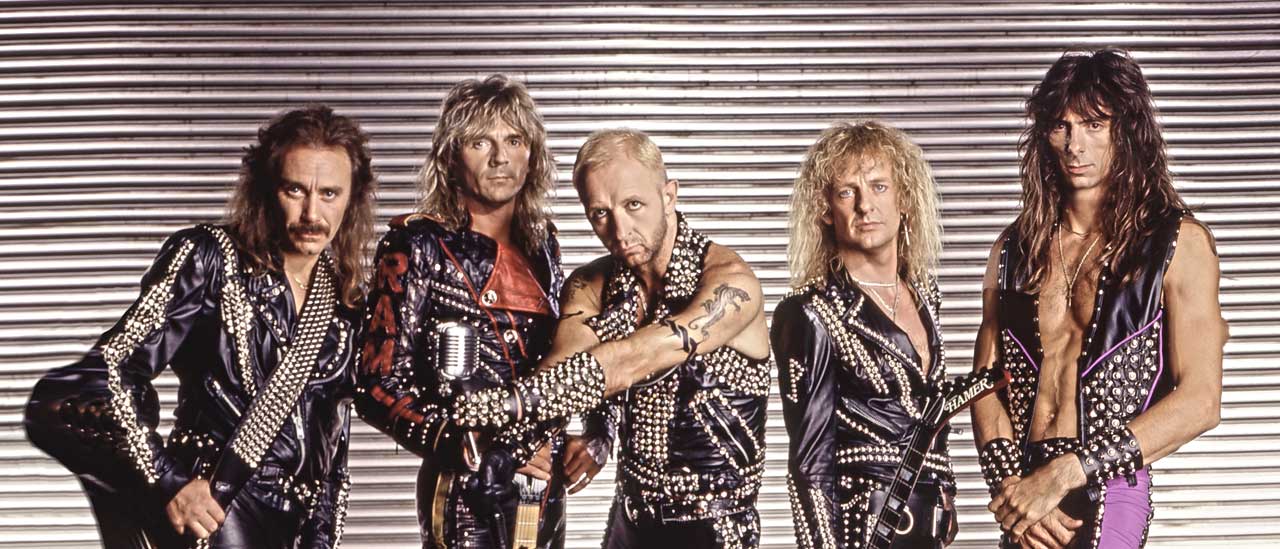The Rory Gallagher albums you should definitely own
Ireland’s greatest, man-of-the-people guitar hero Rory Gallagher left a tremendous legacy of albums studded with real gems
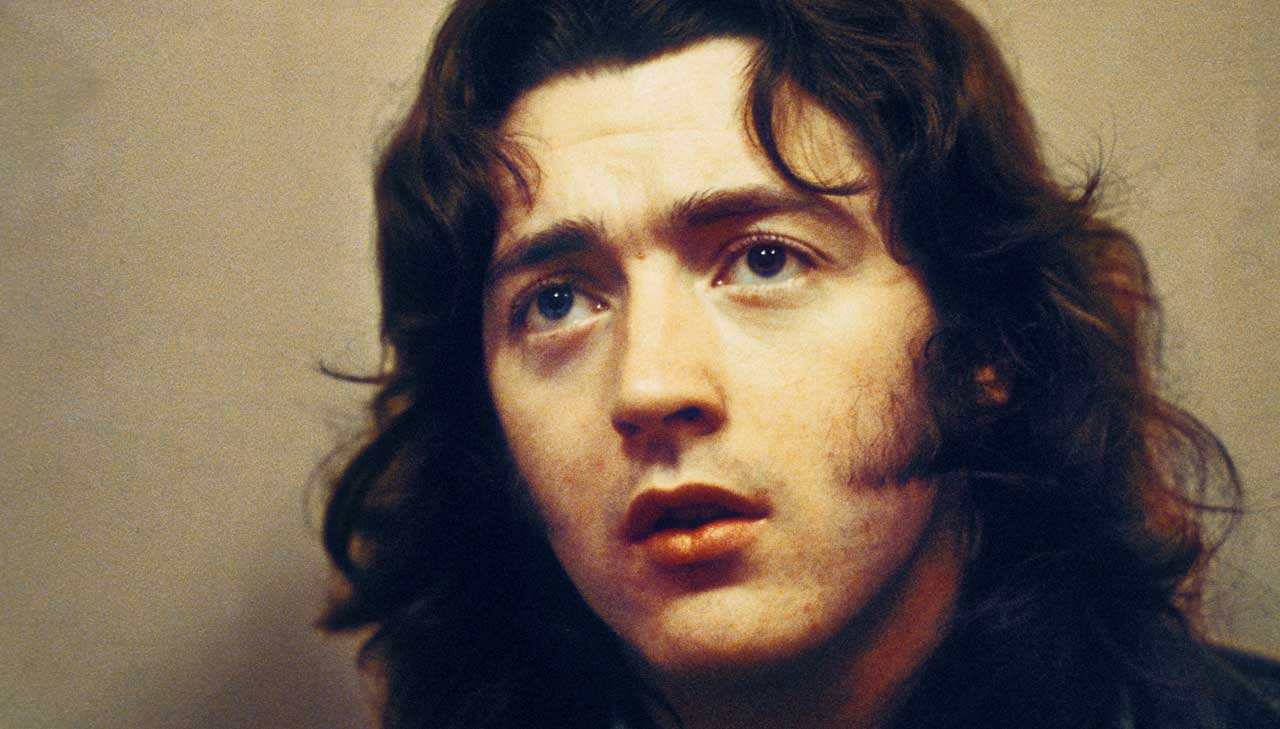
If ever a man let the music do the talking, it was Rory Gallagher. On stage he wore the same old shirts and denims that he’d wear to the pub. His favourite guitar, a battered 1961 Stratocaster, looked like something he’d picked up from a flea market, its sunburst finish erased by all the sweat and wear and tear.
To Rory, what mattered was not how you looked but how you played. And Rory Gallagher was simply one of the greatest guitar players that ever lived. He was so good that The Rolling Stones offered him a job in 1975, before Ronnie Wood was eventually chosen as the replacement for Mick Taylor. But Gallagher was never cut out for playing second banana to Jagger and Richards; he was a born leader, a virtuoso guitarist and a richly expressive singer. Moreover, he didn’t care for making hit records, or playing by anybody’s rules but his own.
Born William Rory Gallagher on March 2, 1948 in Ballyshannon, County Donegal, he served his apprenticeship in a number of mediocre local showbands before finding his true calling as guitarist/vocalist of blues-rock power trio Taste.
Between 1966 and 1970 the band made two acclaimed albums, opened for Cream at their farewell shows at the Royal Albert Hall, supported Blind Faith in America and appeared at the Isle of Wight Festival alongside Jimi Hendrix and The Who.
Despite Taste’s successes, in late 1970 Gallagher dissolved the band to record and tour under his own name. And it was as a solo artist that he created his best work. Blues was always at the heart of his music, but his range extended from heavy rock’n’roll to folk. A stubborn purist to the end, he nevertheless sold more than 30 million albums over a 25-year period.
When Rory Gallagher died, aged 47, on June 14, 1995, following an unsuccessful liver transplant, rock music lost one of its most influential figures. Gallagher was a role model for Irish musicians, and an inspiration to all kinds of guitarists, including Brian May, Slash, Joe Bonamassa and Johnny Marr of The Smiths.
He is commemorated with a bronze statue in Ballyshannon, and a sculpture of his guitar at Rory Gallagher Corner in Dublin’s Temple Bar district. He was, and always will be, a true Irish folk hero.

It was on stage that Rory Gallagher made his reputation, and this electrifying live album captured him at his peak. Irish Tour was recorded over three nights in Dublin, Cork and, most significantly, Belfast. In 1974, as Northern Ireland’s troubles claimed their 1,000th casualty, few artists would perform in the city. But Gallagher didn’t lack courage.
Plus, his band were all from Belfast stock. Originally a double-vinyl set, it peaks with a titanic, 11-minute version of Walk On Hot Coals, a cool-as-fuck Tattoo’d Lady and a masterful interpretation of Muddy Waters’ I Wonder Who. With two million copies sold, it’s his defining statement
Gallagher’s second solo album isn’t just his finest studio recording, it’s also a genuine rock classic. Deuce was released just six months after Gallagher’s eponymous debut, but among its 10 tracks are many of Gallagher’s very best.
I’m Not Awake Yet has the timeless quality of a traditional folk song, and the most beautiful acoustic guitar melodies Rory ever played. In Your Town is a bad-ass boogie full of boozy Saturday-night bravado. Wave Myself Goodbye is a rueful honkytonk blues. And the dramatic, emotionally charged finalé Crest Of A Wave – lit up by searing bottleneck solos – might just be Gallagher’s greatest ever song.
Gallagher released two albums in 1973, as he had in 1971. And again both were outstanding. Blueprint marked the debut of Gallagher’s strongest backing band comprising bassist Gerry McAvoy plus new additions Lou Martin (keyboards) and Rod De’Ath (drums), who locked in brilliantly.
This was illustrated best on the album’s quartet of long, jammed pieces: Walk On Hot Coals, a smoking rocker; Daughter Of The Everglades, an Irishman’s homage to America’s deep south; and two spooky swamp rockers in Race The Breeze and Seventh Son Of A Seventh Son. Blueprint proved Gallagher’s art was as broad as it was deep.
If 1972 was a good year for Rory Gallagher – he scored his only UK Top 10 hit, with Live In Europe, and was voted Musician Of The Year in a Melody Maker poll – 1973 was even better, with Tattoo following Blueprint as the second great album from Gallagher in that year.
Blueprint was the bigger hit, but over time Tattoo has become the more famous album, not least because it includes two of Rory’s signature songs: the swaggering anthem Tattoo’d Lady, and the rolling-and-tumbling Cradle Rock (the latter covered by Joe Bonamassa on his 2000 debut album). In ’73, yer man was in his prime.
Rory Gallagher (Polydor, 1971)
Rory’s solo debut was a natural progression from Taste and set the template for the 10 studio albums that followed: a blend of authentic blues, acoustic folk, and blistering rock‘n’roll.
Impressively for such a staunch blues traditionalist, Gallagher didn’t cover any old standards for any of his earliest solo albums. He had plenty of great original material, and a shit-hot band to back him up. Laundromat is the kind of stinging boogie that ZZ Top built an entire career on, I Fall Apart is a deep blues lament, and Can’t Believe It’s True is a Traffic-style jazz-rock jam with Rory playing saxophone. Beat that, Clapton.
Calling Card (Chrysalis, 1976)
Rory didn’t care for big-name producers, but for his sixth solo album he hired Roger Glover, the former Deep Purple bassist. The result was not, as anticipated, a full-on heavy rock record. In fact Calling Card was Gallagher’s most diverse and richly textured album.
It features some great rock songs: the twisting, sinister Moonchild, and Do You Read Me, with a strutting riff worthy of Free. The title track is slick, finger-clicking funk, Edged In Blue has shades of Van Morrison, and Barley And Grape Rag is a rustic drinking song later covered by The Dubliners – for a proud Irishman, the finest of tributes
The Best Of Taste (Polydor, 1994)
This 16-track collection includes all the best material from the two studio albums Gallagher cut with Taste, plus three selections from a pair of live albums that followed their split in 1970.
From 1969’s self-titled debut, Blister On The Moon is a psychedelic heavy rock tour de force, and a cover of Leadbelly’s Leavin’ Blues is evidence of the then 20-year-old Gallagher’s precocious talent.
From 1970’s On The Boards, the title track is Rory’s first great original blues song. And from Live At The Isle Of Wight, Sinner Boy has the humble kid from Donegal playing like he, and not Hendrix, owned that stage.
Against The Grain (Chrysalis, 1975)
Gallagher’s fifth studio album was almost as good as the previous four, but it also suggested that the constant cycle of touring and recording had caught up with him a little. Against The Grain was the first of his studio records to include cover versions of other artists’ songs.
But if Rory was feeling the strain, it didn’t show. Souped-Up Ford is one of his hardest-punching rock‘n’roll numbers. Bought And Sold swings like a drunkard on a windy night, and the three covers are all brilliant, with Out On The Western Plain – another Leadbelly song – performed as if Rory was sitting round a rustlers’ campfire.
Many of the leading rock acts of the 1970s entered the next decade by embracing new technology and reinventing their music. Rory Gallagher, though, wasn’t having any of that. Jinx, the first of only two studio albums he made in the 80s, was typically no-nonsense bluesrock.
With another new band line-up – Gerry McAvoy still on bass, Brendan O’Neill on drums and Bob Andrews on keyboards – Gallagher sounded revitalised. Big Guns is a gloriously rowdy flat-out rocker, Jinxed a devastating, broken-hearted blues. And the gritty Loose Talk is an indictment of the music industry from a man who never called anyone boss.
And one to avoid...
You can trust Louder
Rory Gallagher didn’t make any downright bad albums. Even his lesser records have outstanding tracks, and there are flashes of inspiration on Defender with the darkly powerful acoustic blues of Seven Days, and the rollicking Continental Op (inspired by, and dedicated to, one of Rory’s favourite crime fiction authors, Dashiell Hammett).
But for much of this album he’s on autopilot, knocking out heavy-handed rock songs – including Kickback City, Road To Hell and Doing Time – that would never have made the cut on any of his classic 70s albums. Defender is okay, but at his peak Rory Gallagher was so much better than this.
Sign up below to get the latest from Classic Rock, plus exclusive special offers, direct to your inbox!
Freelance writer for Classic Rock since 2005, Paul Elliott has worked for leading music titles since 1985, including Sounds, Kerrang!, MOJO and Q. He is the author of several books including the first biography of Guns N’ Roses and the autobiography of bodyguard-to-the-stars Danny Francis. He has written liner notes for classic album reissues by artists such as Def Leppard, Thin Lizzy and Kiss, and currently works as content editor for Total Guitar. He lives in Bath - of which David Coverdale recently said: “How very Roman of you!”
